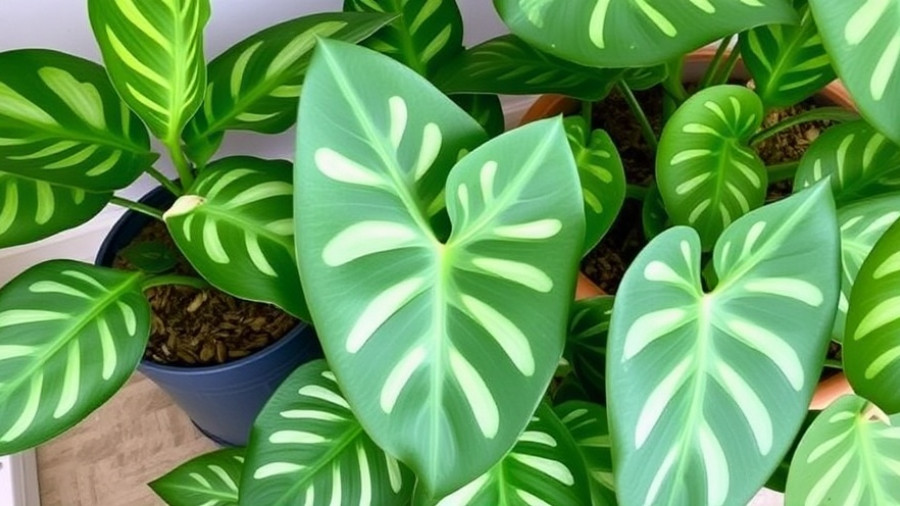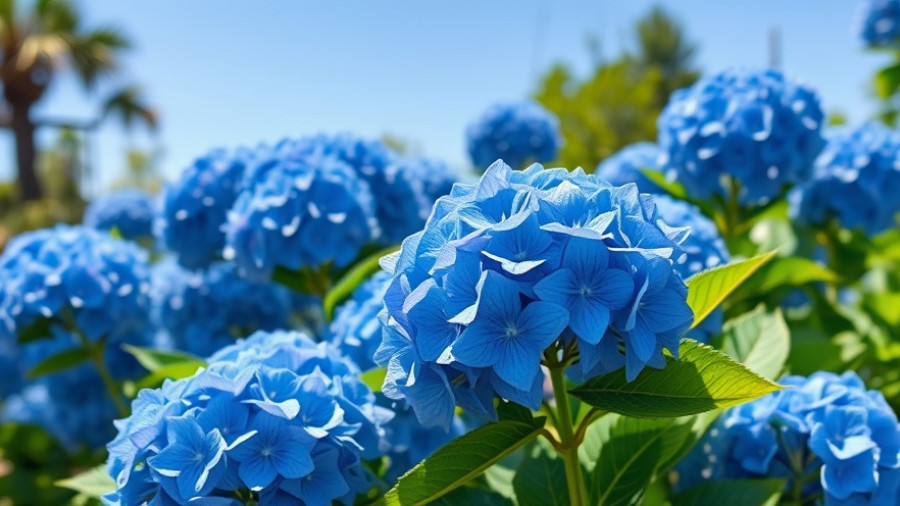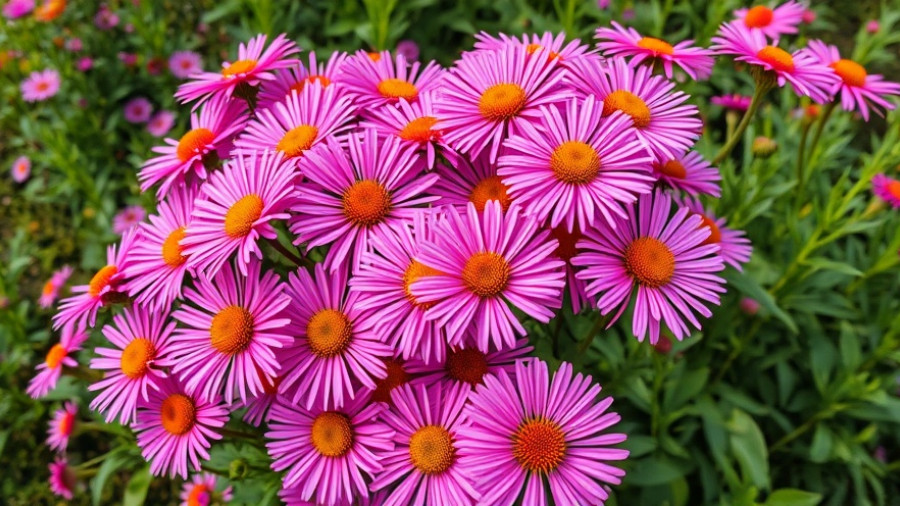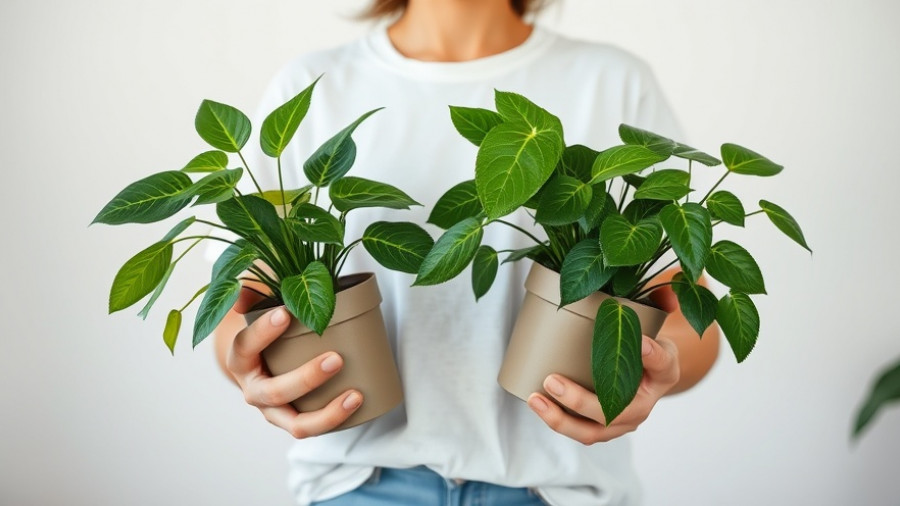
Understanding Monstera Esqueleto: A Plant Lover’s Dream
For outdoor living and gardening enthusiasts, Monstera esqueleto offers an extraordinary blend of beauty and intrigue. Known for its distinctive, skeletal leaves that can stretch to two feet in length, this rare houseplant is a coveted gem among collectors. Unlike the more common Monstera deliciosa, which is often celebrated for its user-friendly care, Esqueleto demands a bit more finesse. Its intricate fenestrations and unique stature not only provide aesthetic allure but also present a rewarding challenge for dedicated plant parents who want to elevate their indoor gardening game.
Nurturing Requirements: Light, Water, and Soil
Native to the humid cloud forests of Costa Rica, Monstera esqueleto thrives in bright, indirect light. Direct sunlight can scorch its delicate leaves, leading to discoloration and stunted growth. To replicate its natural habitat, consider placing it near an east or north-facing window, where the light is abundant yet gentle.
When it comes to watering, patience is key. It's essential to allow the top two inches of soil to dry out between waterings. Overwatering, a common hazard for this tropical vine, can lead to root rot—a nightmare for any plant lover! For best results, use a soil mix that is well-draining, perhaps containing components like perlite or orchid bark, which support the plant’s need for aeration while retaining necessary moisture.
Humidity: The Sweet Spot for Growth
Monstera esqueleto flourishes in environments with humidity levels exceeding 60%. Consider investing in a small humidifier or placing the plant on a pebble tray filled with water. These methods help maintain the moisture levels reminiscent of its native environment. Keep it away from drafts and strong heating or cooling appliances to ensure the leaves remain lush and healthy.
Feeding Your Plant
During the active growing season in spring and summer, your Monstera esqueleto will appreciate regular feedings with a balanced liquid fertilizer. Opt for a product formulated specifically for aroids to help support the development of its impressive foliage. However, it's wise to taper off fertilization during the fall and winter months, as the plant's growth naturally slows during this time.
Repotting and Propagation: Growing Your Collection
Repotting your Monstera esqueleto every 1-2 years allows it space to grow and fresh soil to absorb nutrients. Look for signs like roots emerging from the drainage holes or slowed growth, indicating it might be time for a new home. Choose a new pot that is slightly larger to give your plant a chance to flourish.
Propagation is a fantastic way to diversify your collection or share your passion with friends. Using clean scissors, cut a healthy stem with several nodes, and propagate it in water or directly in moist soil. With careful attention, you can create new plants from your original, allowing your gardening passion to blossom even further.
Common Challenges and Solutions
Like all plants, Monstera esqueleto comes with its set of challenges. Yellowing leaves could signal that your plant is either over or under-watered or lacks sufficient light. Regular checks for pests like spider mites or mealybugs are advisable, as they can hinder your plant's health. Ensuring your plant is in an optimal environment can mitigate these issues and promote vigorous growth.
Your Path to a Beautiful Garden Oasis
Incorporating the Monstera esqueleto into your gardening routine can transform your living space into a tropical oasis. With its dramatic foliage and subtle elegance, it serves as both a conversation piece and a testament to your dedication as a plant enthusiast.
Ready to take the plunge and add this stunning variety to your indoor collection? Always research reliable sources and be mindful of care specifics outlined in this guide to ensure a flourishing relationship with your Monstera esqueleto. Remember, every great gardener started with a single plant!
If you're looking for more outdoor inspiration, explore backyard makeover ideas to complement your new plant companion. Whether designing an outdoor kitchen or brainstorming fire pit designs, planting your Monstera esqueleto is only the beginning of your gardening adventure!
 Add Row
Add Row  Add
Add 




Write A Comment